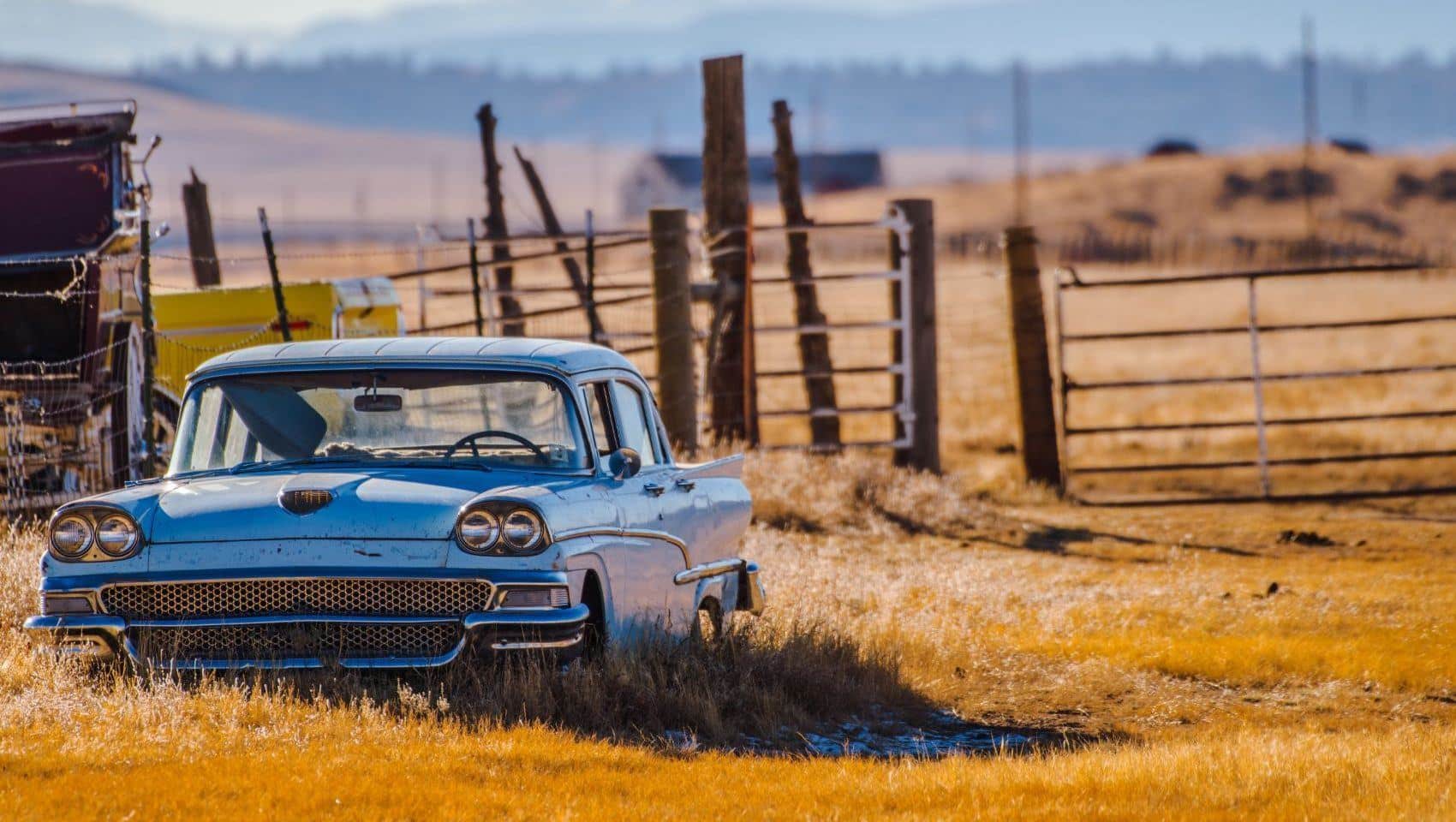Human beings have always been in the habit of collecting, and it’s no different for cars and trucks. Just like all other hobbies and collectibles, external factors like culture, societal trends, and age demographics have an impact on the way we collect cars; and even which ones are most sought-after. Currently, the hobby is undergoing some interesting changes as new technologies infringe on old-school designs and a new generation of car lovers enter the hobby to make their desires known.
Let’s examine five trends that show how the collector car hobby is shifting gears.
Early Days & The Sustained Impact of Baby Boomers
While the first cars were introduced around the start of the 20th century, it only took a few decades for the earliest collectors to form the Antique Automobile Club of America in 1935. In the years that followed, as the hobby came of age, collectors were primarily interested in “Pre-War” era cars, or those from before 1945. Some of the most popular included the Ford Model T and Model A, and any Packard or Pierce-Arrow (if they could afford them!).
As baby boomer hobbyists (those born roughly between 1946 and 1964) got older, we started to see one of the first major demographic shifts have its impact on collecting. For this group, the cars of the ‘50s and ‘60s caught their eye. Cars like the 1957 Chevrolet Bel Air and 1965 Ford Mustang were “instant classics.” They were popular when new, popular as used cars, and popular as collector cars by those who wanted to recapture their younger years.
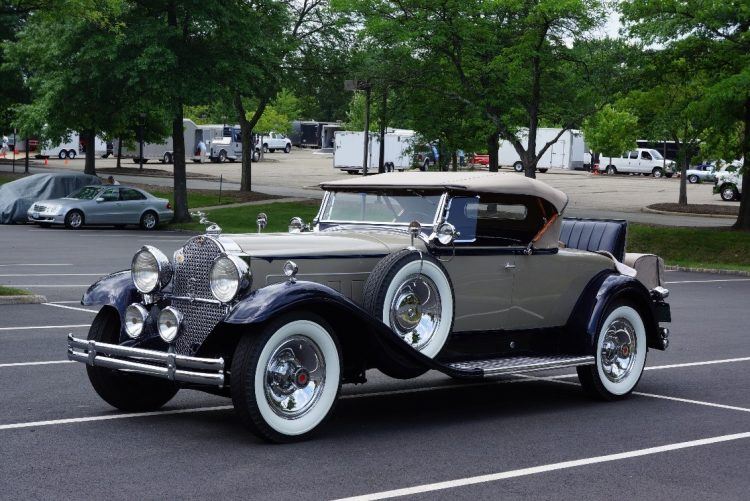
Trend #1: Passing The Torch
As a group, boomers were generally more well-off than the previous generation and could thereby afford to collect cars and trucks of higher quality, and in greater quantity. This gave birth to interest in collecting European exotics like Ferraris and Porsches, as well as impressive personal collections of 10, 20, or more cars, along with a place to horde all this sheet metal. Accompanying this growth was a parallel rise in car shows, rallies, auctions, and flea markets, all competing for a slice of the hobbyists’ time and money.
As the cliché goes, the only certainties in life are death and taxes; and while collectors may have searched for ways to use their old cars as tax havens, there was no stopping the fact they would start to pass on. While demand for some of the “instant classics” of the ‘50s and early ‘60s will persist, we are starting to see interest in other models taper off as we lose older members of the boomer generation.
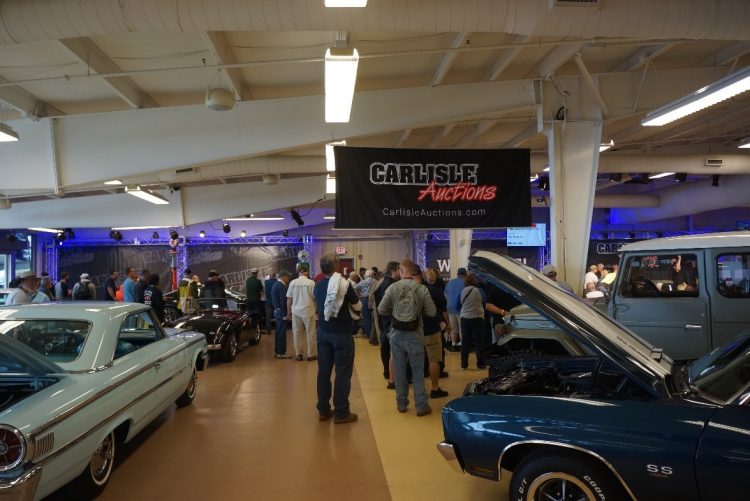
Trend #2: A New Generation Takes The Wheel
On the bright side, the hobby remains strong as younger collectors enter it. Many Generation Xers and millennials have shown interest in collecting but are turning up their noses at most pre-war machinery. While they may harbor some fascination with well-designed ‘60s vehicles (think Mustang again!), it should come as no surprise the vehicles of THEIR youth are being purchased as collector pieces.
This trend has led to some shifts in the way participants enjoy the hobby. For one, Japanese cars, which began to sell in large numbers in the U.S. in the 1970s and 1980s, are what today’s young collectors remember. It’s likely their parents had one or two at home – they may have even learned to drive on one! So naturally, this group has started to collect them.
- Related: Did The Fast and the Furious really boost the appeal of Japanese cars?
Everything from Honda Civics to Toyota Celicas are sought after. On the higher end, Asian supercars like the Acura NSX and Toyota Supra are pulling prices at auctions approaching six figures. (This after Baby Boomers had incorrectly predicted Japanese cars would simply never become collectible!). Video games and movies spurred interest in Japanese Domestic Market (JDM) cars not officially imported here. And yes, this includes right-hand-drive ones which millennials have embraced.
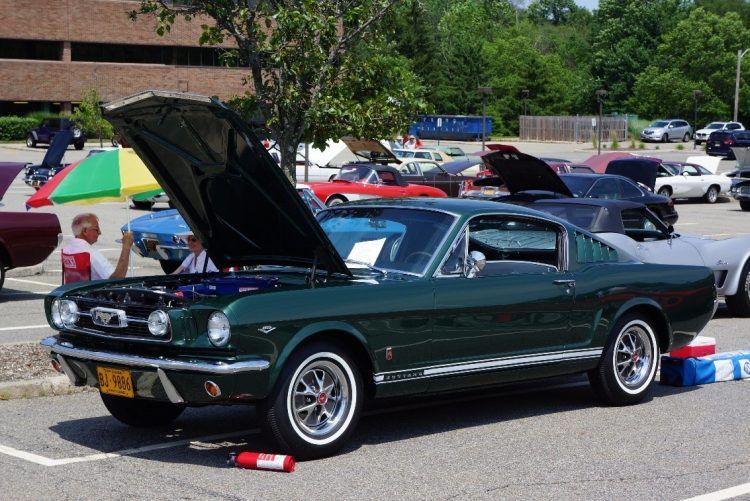
Trend #3: The Best of Both Worlds
In addition to creating demand for cars from a new era, these so-called “young-timers” changed the hobby in other ways. Unlike their parents and grandparents, who preferred or required originality in their classic cars, today’s young collectors are willing to make modifications. The first example is resto-mods, defined as taking an older car (1967 Chevy Camaros are popular, for example), and outfitting it with modern conveniences which didn’t exist in 1967. The car gets restored to its original external appearance, but a fuel-injected engine; air conditioning; four-wheel disc brakes; high-end sound system; and power windows and seats are added.
The result is a car with a classic look but a modern driving experience.
- Related: These practical car modifications benefit every driver.
Trend #4: Thinking Green
Another trend revolves around those who include environmental care as a personal concern. They are taking this modern approach one step further, buying old Jaguars, Porsches, and the like. These buyers are converting them to full battery power. Any concern about poor fuel mileage or pre-emission-control pollution goes right out the window along with that fuel-guzzling, smog-spewing engine. They want to show the world they can have their cake (a beautiful foreign classic) and eat it too (a zero-emission ride).
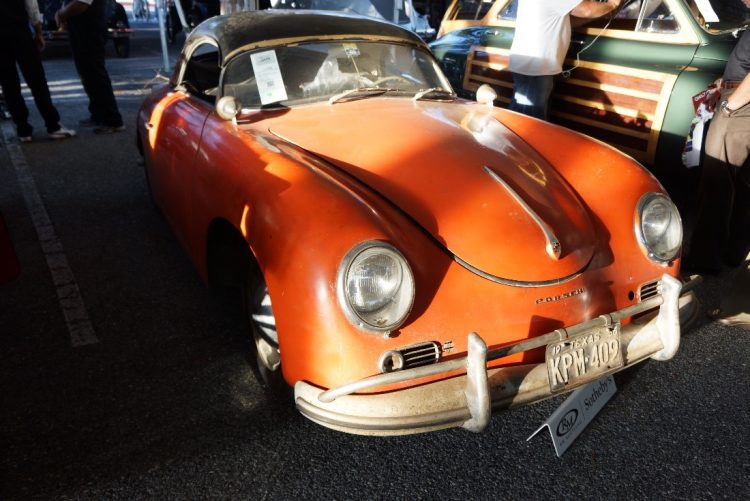
Trend #5: Hunter & Pickers
This trend affects both young and old collectors, and is described as a “hard right turn” toward complete originality. Here we are NOT talking about a 100-point restoration, at a cost of $100,000, to bring an old jalopy back to showroom-new. Instead, recent collector habits have revealed an interest in cars which have never been restored, especially if they are “barn finds,” so named in honor of cars that have been socked away in barns and left untouched for many decades. It’s been a shock to observe such cars crossing auction blocks and selling for more than the same car would if perfectly restored, in some cases.
As proponents of such barn finds have said: “They’re only original once.”
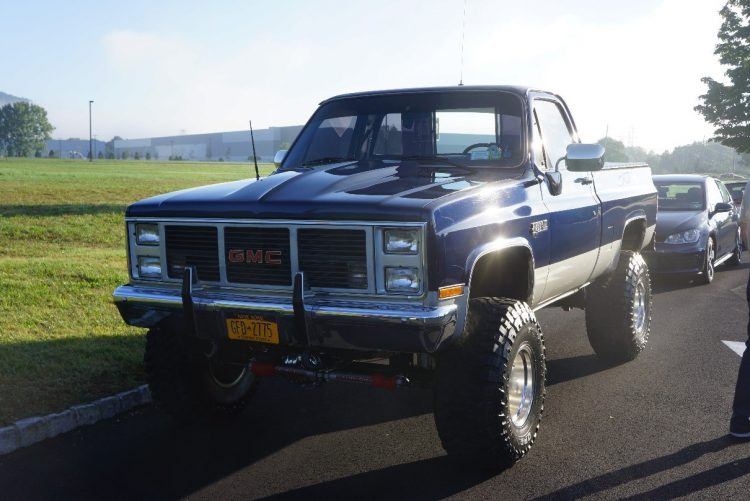
No Signs of Slowing Down!
The collector car and truck hobby in the United States has always been strong, and it’s fair to say it has exploded in recent years. Not only are there more events to participate in, younger collectors, a group previously written off as uninterested in collecting, have emerged. Not only is this group embracing old cars, they’re changing aspects of the hobby to suit their needs and interests, as they well should! The best news for collectors young and old is how there’s room in the hobby for anyone and everyone who has any interest in the classics.
Richard Reina is the Product Training Director for CARiD.com. He enjoys restoring and driving old cars with a special love for anything Italian. Richard is also passionate about music and is a huge Beatles fan.

